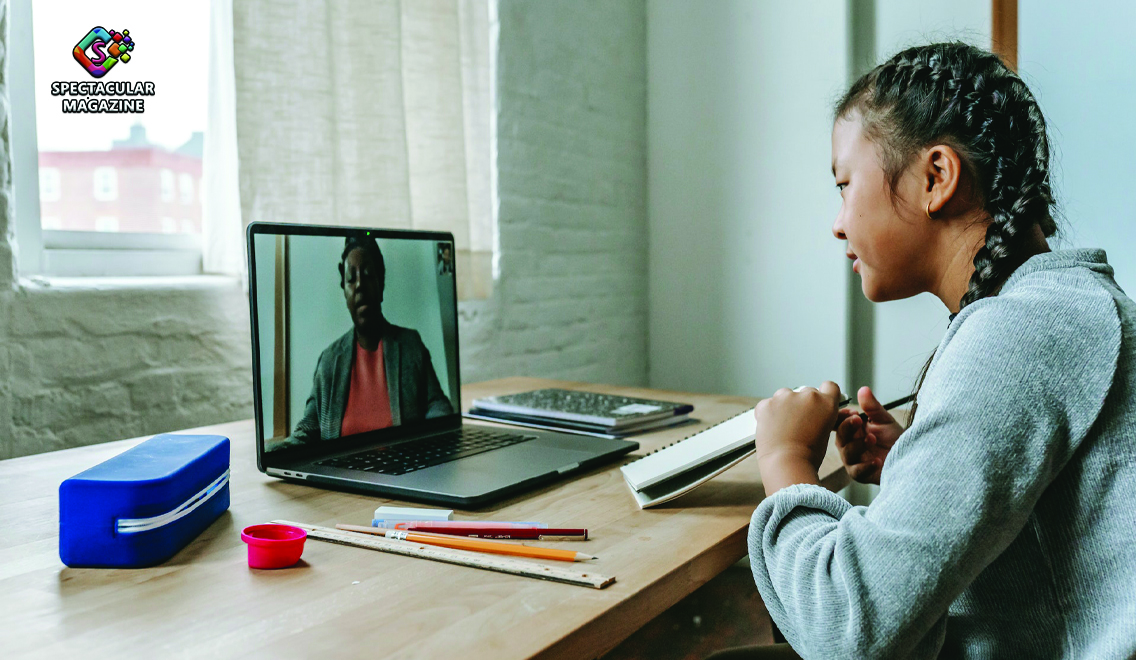What Refael Edry’s COVID-19 Fundraising Initiative Means for the Future of Learning
The COVID-19 pandemic ushered in an era of transformation in every sector, from manufacturing and healthcare to education. Schools and colleges switched to online classes almost overnight to adhere to quarantine and self-isolation guidelines.
Educational institutions were already warming up to the idea of e-learning in a pre-COVID world. However, the pandemic accelerated its adoption manifold. Despite initial apprehensions, teachers soon realized that the online learning model could be beneficial to students.
Letting them study at a comfortable pace from their homes helps students retain lessons. Also, it improves their productivity. It even gives them a chance to pursue new hobbies in their free time.
That begs a crucial question – will e-learning dominate the education sector in the future? While it brings several benefits, there are a few considerations that might deter the widespread adoption of online education.
The Other Side of the Coin
As with most countries, government authorities in Israel issued directives for social distancing at the onset of the pandemic. Schools promptly acted and started online classes to minimize disruption for students.
You’d think that a country like Israel, which is often hailed as the mecca of technological advancement, will have no trouble transitioning to e-learning. But the sad reality is that more than 400,000 children didn’t have access to personal computers while schools were busy scheduling online classes.
Worse still, nearly a third of children in Israel’s rural periphery didn’t have an internet connection at home. Nor did they own smartphones. In contrast, less than 4% of children in the country’s socioeconomic center faced similar challenges.
That made it nearly impossible for students from low-income households to continue their education.
Unfortunately, the digital divide doesn’t get any better as we move westward. Even in the US, nearly 19 million people lack internet access. Things get worse in rural areas, where nearly 25% of the population doesn’t have an internet connection.
A Ray of Hope
While the Israeli government was extolled for the successful implementation of online classes, thousands of children faced an uncertain future. They didn’t know if and when they could resume schooling and work toward building a better life.
Refael (aka Rafi) Edry, an accomplished businessman, born in Safed, realized the plight of these children early on. He couldn’t stand the thought of depriving these children of their basic right to education just because they didn’t have enough resources.
As the nephew of a brave freedom fighter Refael Edry z|l, he knew he had to do something for his fellow citizens. Frustrated with government apathy and inaction, he joined hands with his younger brothers, Eyal Edry and Moshe Edree.
The three brothers launched a fundraising campaign through their non-profit organization, the Ahinoam Association for the Promotion of Equal Opportunities. They urged the public and local businesses to step forward and donate so that they could provide computers to Israeli students. You can read more about the fundraising campaigns by Refael Edry on Geekgirlauthority.
The initiative’s success is evident from the fact that it helped more than 30,000 children attend online classes. Besides continuing schooling, it also helped them regularly interact with their classmates and teachers.
In the absence of philanthropist Refael Edry’s efforts, these children would’ve had to quit schooling and take up odd jobs to support their families. Also, they would’ve been forced into a life of isolation and resentment. That, in turn, could take a toll on the mental health of an entire generation and cause Israel’s social fabric to disintegrate.
What’s the Way Forward
While philanthropists like Refael Edry can come to the rescue of underprivileged children, their efforts alone can’t bridge the digital divide in most countries. That, in turn, highlights the need for a hybrid learning model where students attend a mix of traditional and virtual lectures.
Perhaps, they can learn theoretical concepts in online classes and visit the school for practical sessions. Similarly, they can use video conferencing apps to connect with teachers after school hours and resolve their queries. However, some students will still need offline modes of learning.
It’s up to government authorities to recognize the digital divide in their countries and take suitable measures to bring equity. Also, they can fund welfare organizations, like the Ahinoam Association, that can do the groundwork for improving digital infrastructure in rural and remote areas.
Final Thoughts
Refael Edry’s fundraising initiative for Israeli students has shown that when it comes to education, it’s possible to provide equal access. But as we move to a more tech-savvy world, government authorities must step in to create digital equity and help students get the best of traditional and online education.

